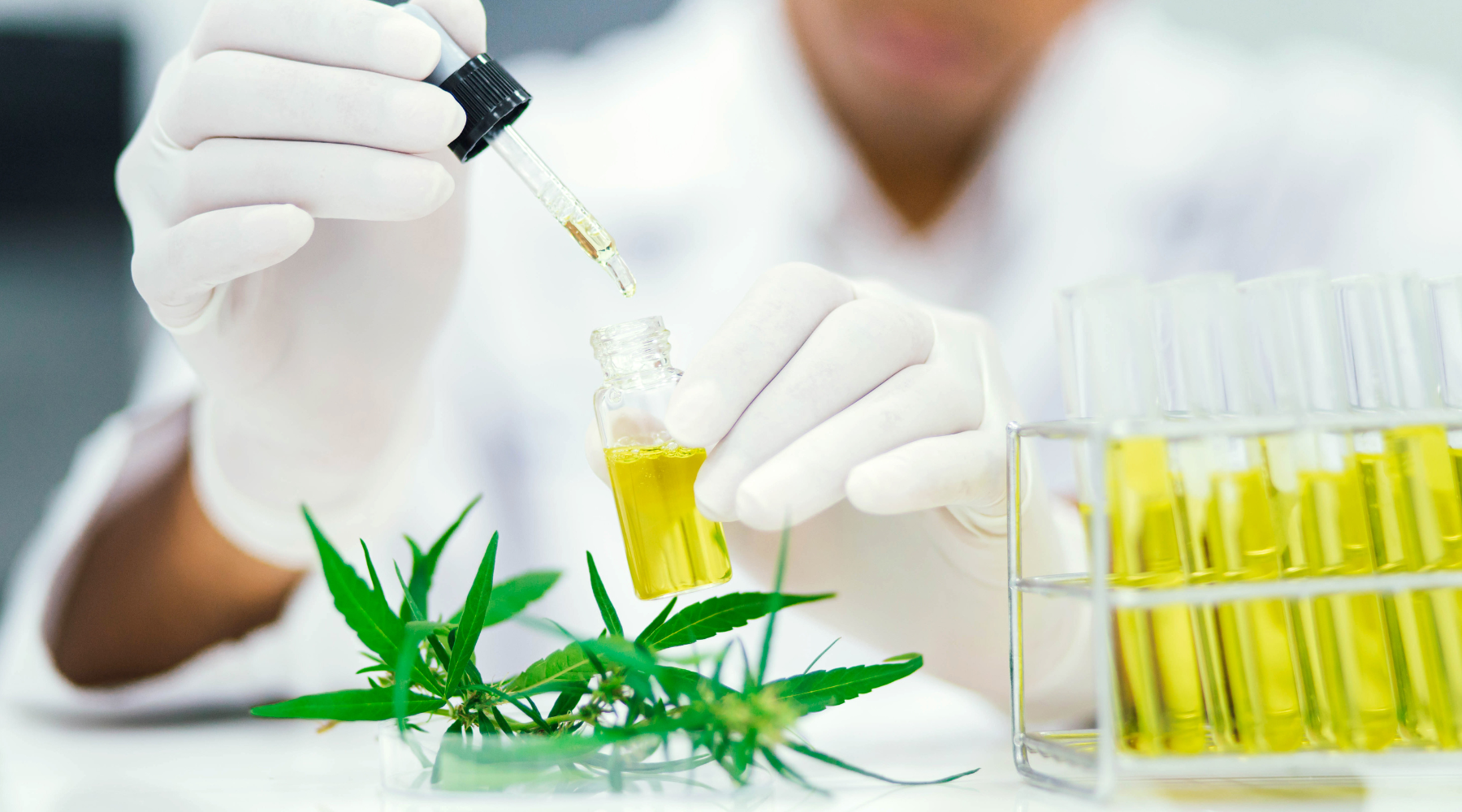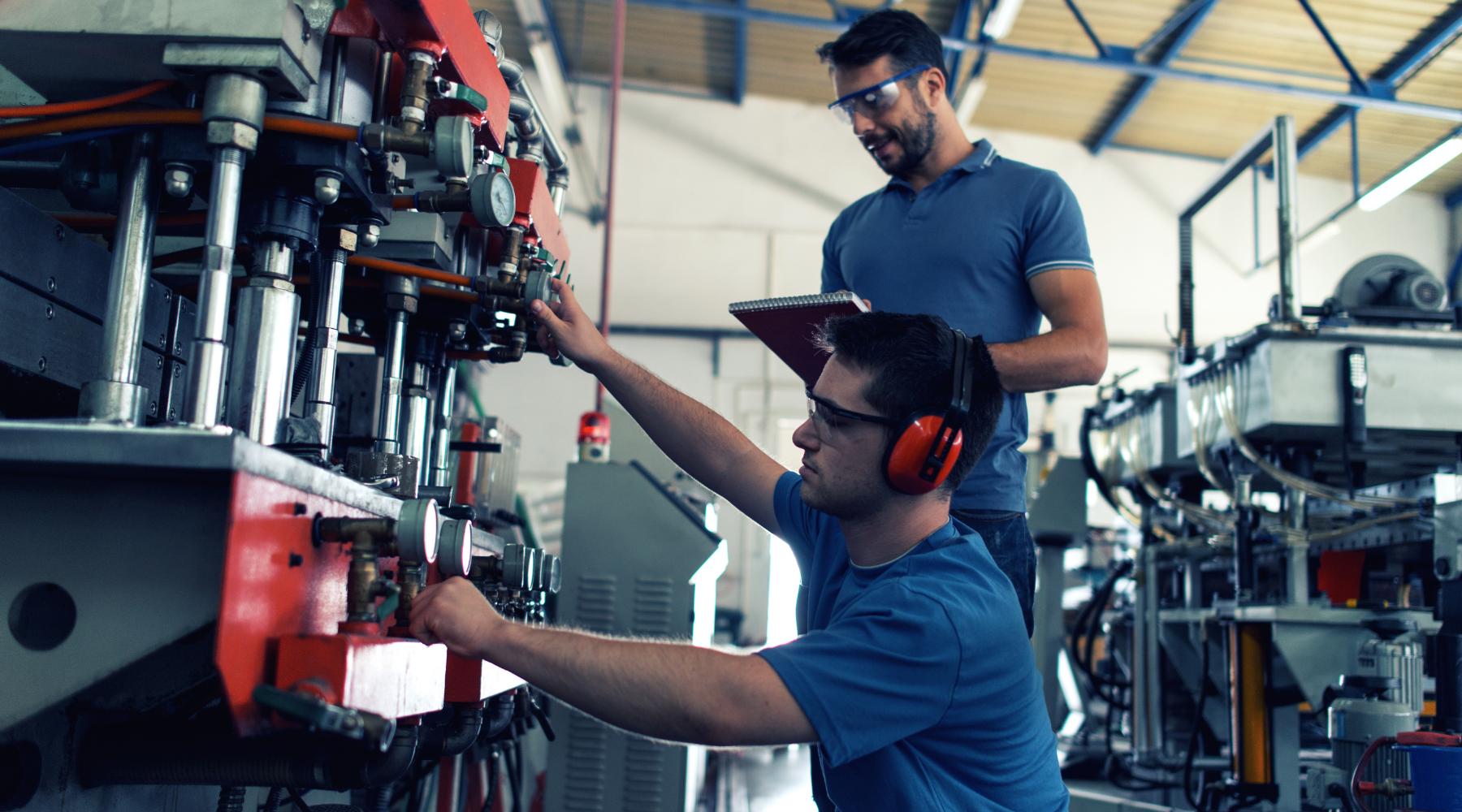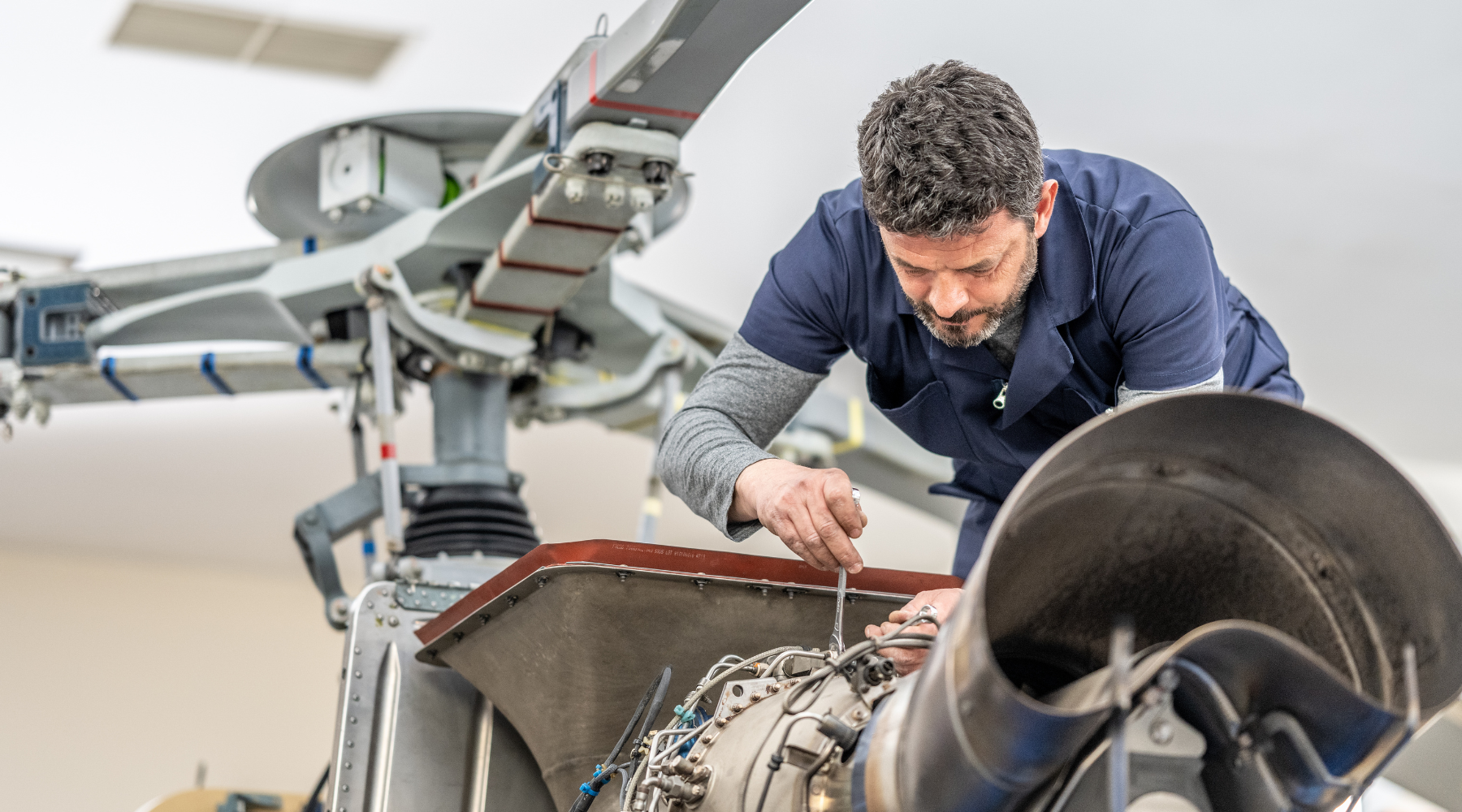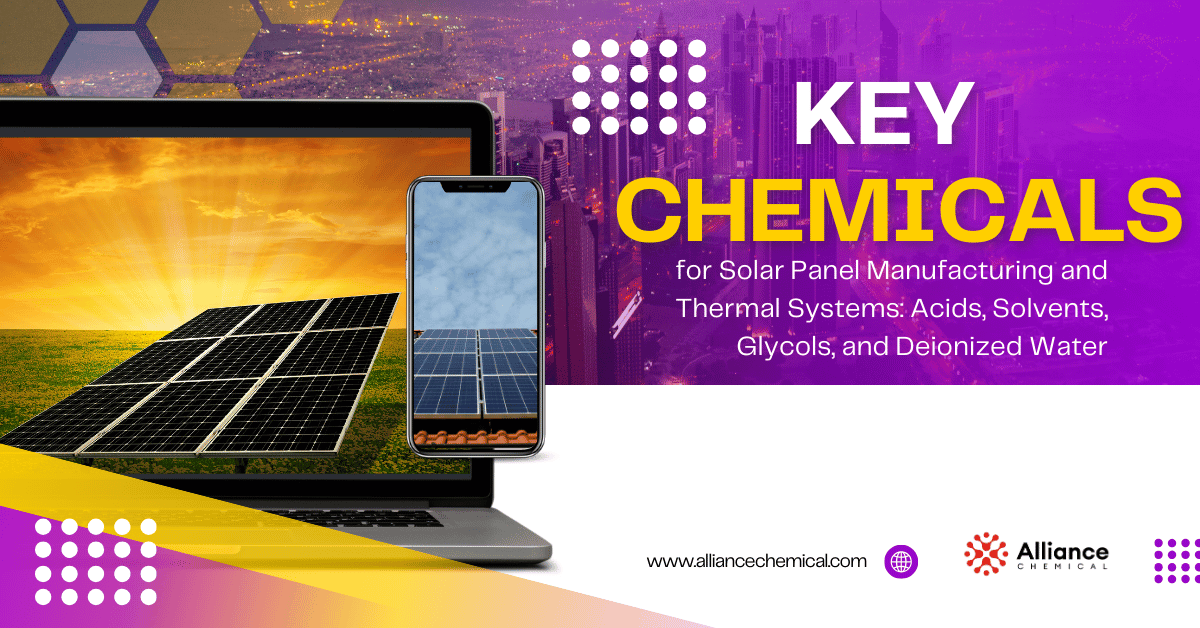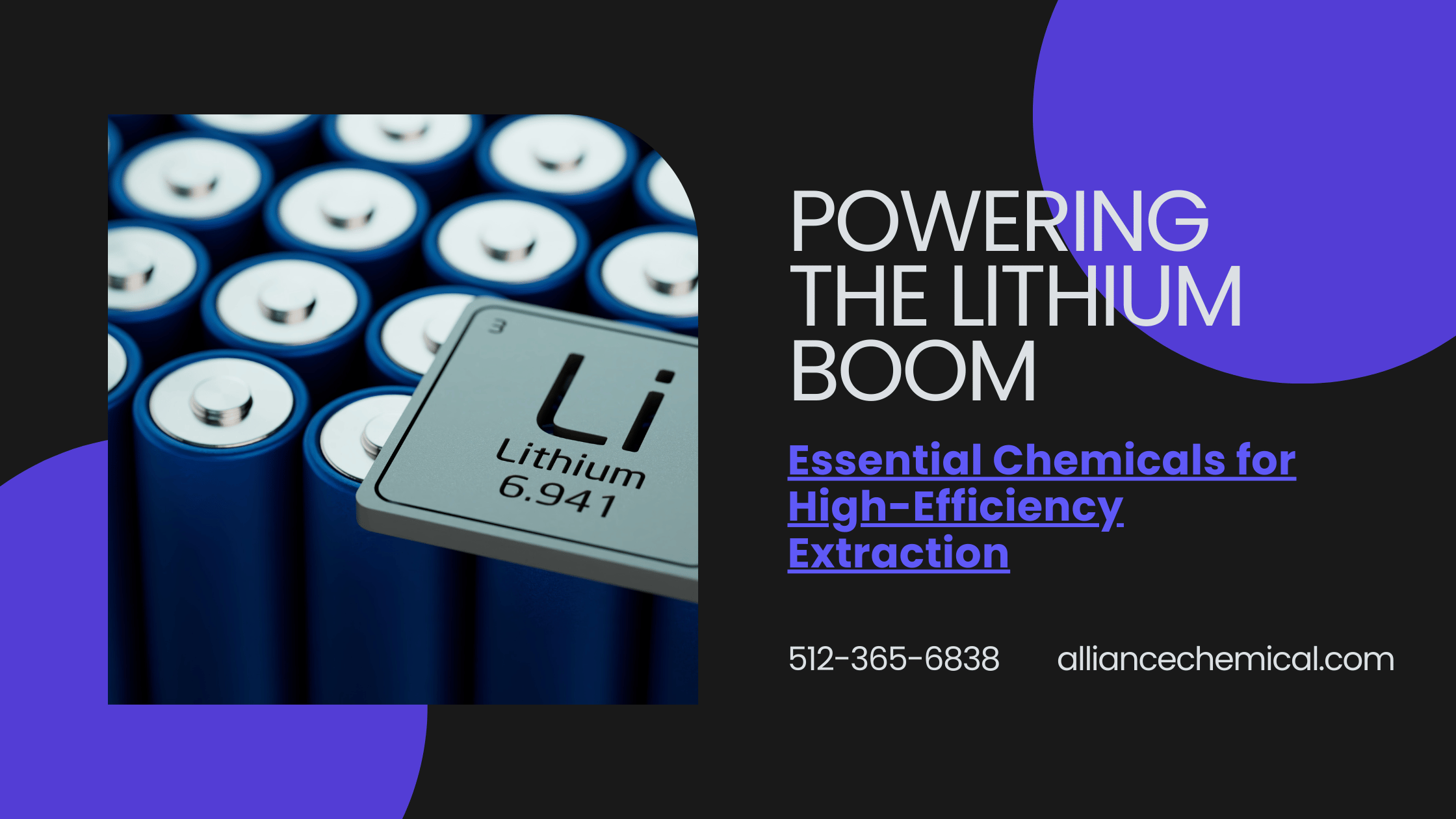
An In-depth Guide to Monoethanolamine (MEA)
Monoethanolamine (MEA): The Essential Guide for Industry Professionals
Discover how Monoethanolamine (MEA) is revolutionizing industries from gas treatment to cosmetics. In this comprehensive guide, we'll explore the properties, applications, and safe handling of this versatile compound.
Table of Contents
- What is Monoethanolamine (MEA)?
- Key Properties of MEA
- 5 Critical Industrial Applications of MEA
- How is MEA Produced?
- Essential Safety Guidelines for MEA Handling
- MEA and Environmental Considerations
- Future Trends: MEA in Emerging Technologies
- Frequently Asked Questions about MEA
What is Monoethanolamine (MEA)?
Monoethanolamine, commonly known as MEA, is a versatile organic compound that plays a crucial role in various industrial processes. But what exactly makes MEA so special?
- Chemical formula: C2H7NO
- Appearance: Colorless, viscous liquid
- Odor: Mild ammonia-like scent
- Classification: Amino alcohol
MEA's unique structure combines the properties of both amines and alcohols, making it an invaluable asset in numerous applications.
Key Properties of MEA
Understanding the key properties of MEA is essential for harnessing its full potential:
- Hygroscopic nature: MEA readily absorbs moisture from the air
- High boiling point: 170°C (338°F)
- Excellent solvent: Dissolves both polar and non-polar substances
- pH regulation: Acts as an effective pH adjuster
- Chemical reactivity: Reacts with acids, forming stable salts
5 Critical Industrial Applications of MEA
MEA's versatility makes it a go-to solution across various industries. Let's explore its top applications:
1. Gas Treatment
MEA excels in removing acidic components from gas streams, particularly in:
- Natural gas purification
- CO2 capture in power plants
- Refinery gas sweetening
2. Personal Care and Cosmetics
In the beauty industry, MEA serves as:
- A pH adjuster in various formulations
- An emulsifying agent in creams and lotions
- A foam stabilizer in shampoos and soaps
3. Pharmaceutical Manufacturing
MEA plays a crucial role in:
- Synthesis of certain drugs
- pH adjustment of pharmaceutical preparations
- Solubilizing agent for some medications
4. Textile Industry
MEA finds applications in:
- Fabric softeners
- Dye-fixing agents
- Wrinkle-resistant treatments
5. Detergents and Cleaning Products
MEA enhances cleaning products by:
- Acting as a surfactant
- Providing alkalinity for better cleaning
- Helping to remove oily stains
How is MEA Produced?
The production of high-quality MEA involves a sophisticated process:
- Raw materials: Ethylene oxide and ammonia
- Reaction: Controlled ammonolysis under high pressure and temperature
- Purification: Multiple distillation stages to achieve desired purity
- Quality control: Rigorous testing to ensure product meets industry standards
Essential Safety Guidelines for MEA Handling
While MEA offers numerous benefits, proper handling is crucial for safety:
- Personal Protective Equipment (PPE): Always wear gloves, safety goggles, and protective clothing
- Ventilation: Ensure adequate ventilation in work areas
- Storage: Keep in tightly closed containers in a cool, dry place
- Spill management: Use absorbent materials and dispose of as hazardous waste
- First aid: Rinse immediately with water if contact occurs, seek medical attention if needed
MEA and Environmental Considerations
As industries strive for sustainability, understanding MEA's environmental impact is crucial:
- Biodegradability: MEA is biodegradable under certain conditions
- Water treatment: Proper disposal methods are essential to prevent water pollution
- Air quality: MEA can contribute to air pollution if not properly managed in industrial processes
- Green alternatives: Research is ongoing for more environmentally friendly MEA alternatives
Future Trends: MEA in Emerging Technologies
The future looks bright for MEA, with emerging applications in:
- Carbon capture and storage technologies
- Advanced materials for energy storage
- Nanotechnology and surface treatments
- Sustainable chemical processes
Frequently Asked Questions about MEA
Q: Is Monoethanolamine safe for the environment?
A: While MEA is biodegradable, proper handling and disposal are crucial to minimize environmental impact.
Q: Can MEA be used in food products?
A: MEA is not approved for direct food use but may be used in some food packaging materials under strict regulations.
Q: How does MEA compare to other gas treatment chemicals?
A: MEA is often preferred for its high absorption capacity and ease of regeneration, though other options may be suitable depending on specific process requirements.
Q: What are the alternatives to MEA in carbon capture?
A: Alternatives include other amines like DEA and MDEA, as well as emerging technologies using solid sorbents or membranes.
Conclusion: Harnessing the Power of MEA in Your Industry
Monoethanolamine (MEA) continues to be a cornerstone in various industrial processes, from gas treatment to personal care products. Its versatility, coupled with ongoing research into new applications, ensures that MEA will remain a critical compound in the chemical industry for years to come.
At Alliance Chemical, we're committed to providing high-quality MEA that meets the demanding standards of modern industry. Our team of experts is always ready to assist you in finding the right MEA solution for your specific needs.
